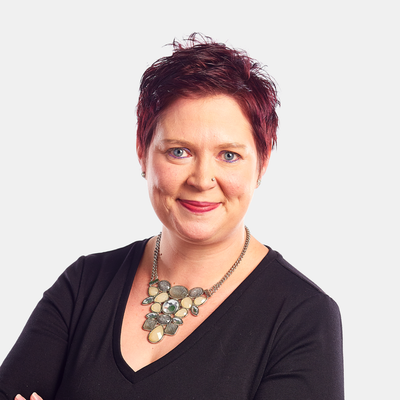Produce industry wrestles with sustainable packaging solutionsProduce industry wrestles with sustainable packaging solutions
Eco-friendly packaging was a hot topic at the recent Global Produce & Floral Show, but nobody seems to have found the plastic-killer just yet.

Coming up with sustainable packaging solutions remains a vexing problem for the fresh produce industry.
Consumers increasingly demand an alternative to plastics and deadlines for local and state sustainability mandates are approaching, but finding something that isn’t prohibitively expensive that also keeps fruits and vegetables fresh and appealing has been a struggle, speakers at last week’s Global Produce & Floral Show produced by the International Fresh Produce Association in Anaheim, California, noted.
Produce is a tricky packaging category: Consumers want to be able to see the berries, greens or apples they’re buying. But they packaging also needs to be sturdy enough to cushion delicate produce and provide proper ventilation to reduce spoilage. And there’s no one-size-all solution because the packaging needs of fresh fruits and vegetables are so diverse.
“We all want to do better,” said Jen Doxey, director of sales at Fox Packaging and Fox Solutions. “The long-term goal is we want a bio-based alternative, but right now today, that’s really not the reality … Most of our consumer products are plastics-based.”
Wenatchee, Washington-based tree fruit grower Stemilt Growers, for example, showed off its sustainable EZ Band packaging for organic apples on the trade show floor. Four large- or jumbo-sized apples fit in the tension-banded box that is fully recyclable and made from 100% paperboard.
It’s a complicated topic with many inter-connected issues. But a major sticking point is the cost of sustainable packaging materials, according to Mark Hoppenjans, VP of sales and sustainable business for packaging company Sev-Rend.
The Collinsville, Illinois-based firm has been around for 30 years and started developing sustainable alternatives in 2016.
“Everybody goes through a cycle where it’s almost exactly like a bell curve,” Hoppenjans said. “We need a solution, right? And then it goes up. We found a solution and we’re super excited about it, and then the cost comes and it goes right back down. We’ve seen that cycle a lot.”
Raw materials for sustainable packaging need to be no more than about 4% more expensive than their conventional counterparts.
“As soon as you start creeping towards double digits on the cost, you get a bell curve that goes down,” he said. “We’re really working to get that cost down and get the volumes up … We’re working with more of the mid-level retailers to get enough volume driven so that we can continue to push it down … I’m optimistic about it. We’re past the evangelist phase. We have honest conversations with retailers and our customers about what’s going to get implemented.”
About the Author
You May Also Like





.webp?width=300&auto=webp&quality=80&disable=upscale)
